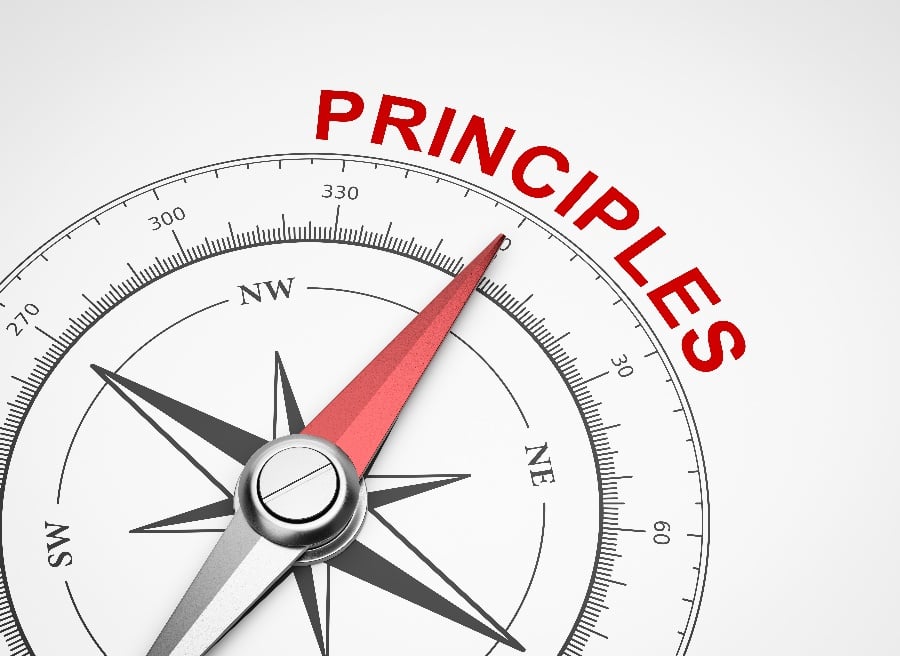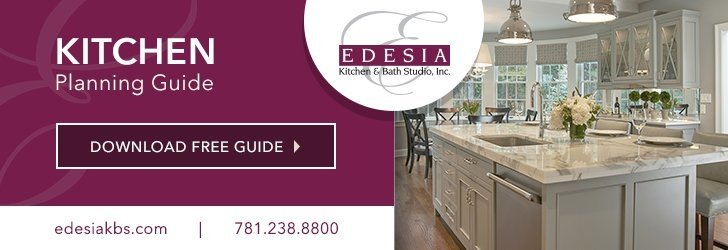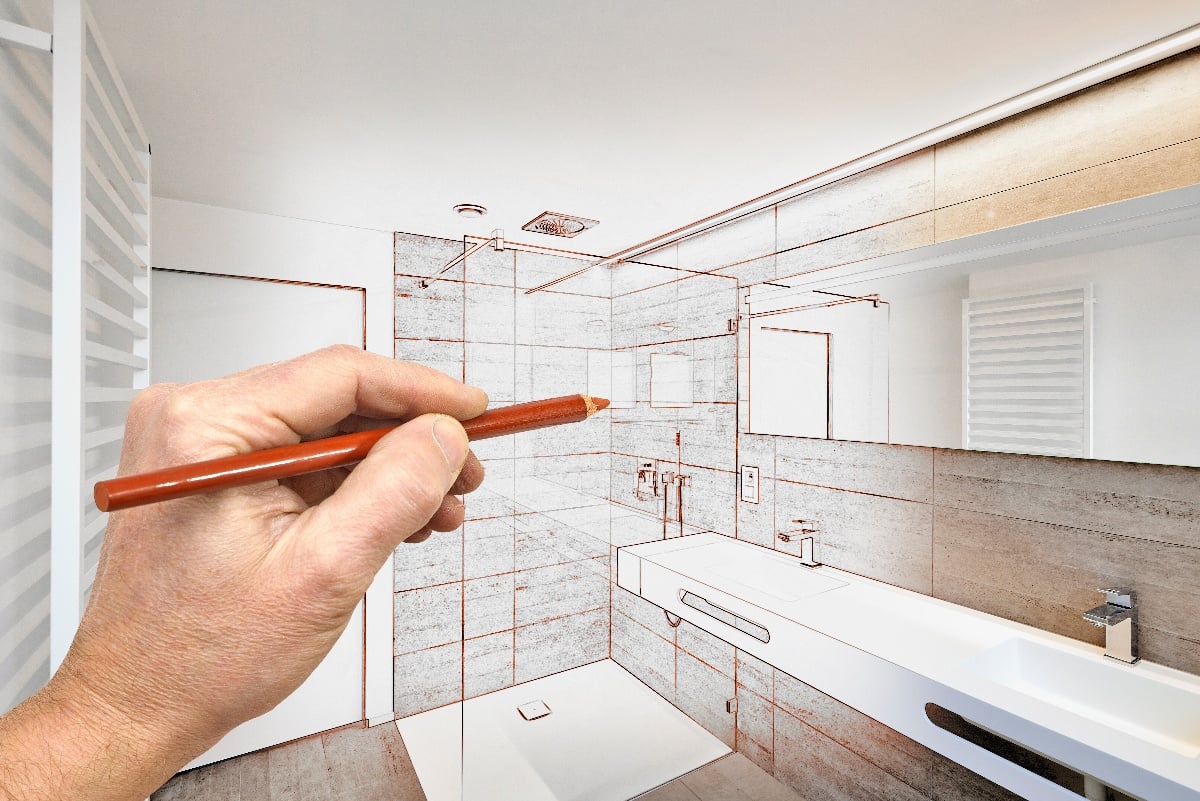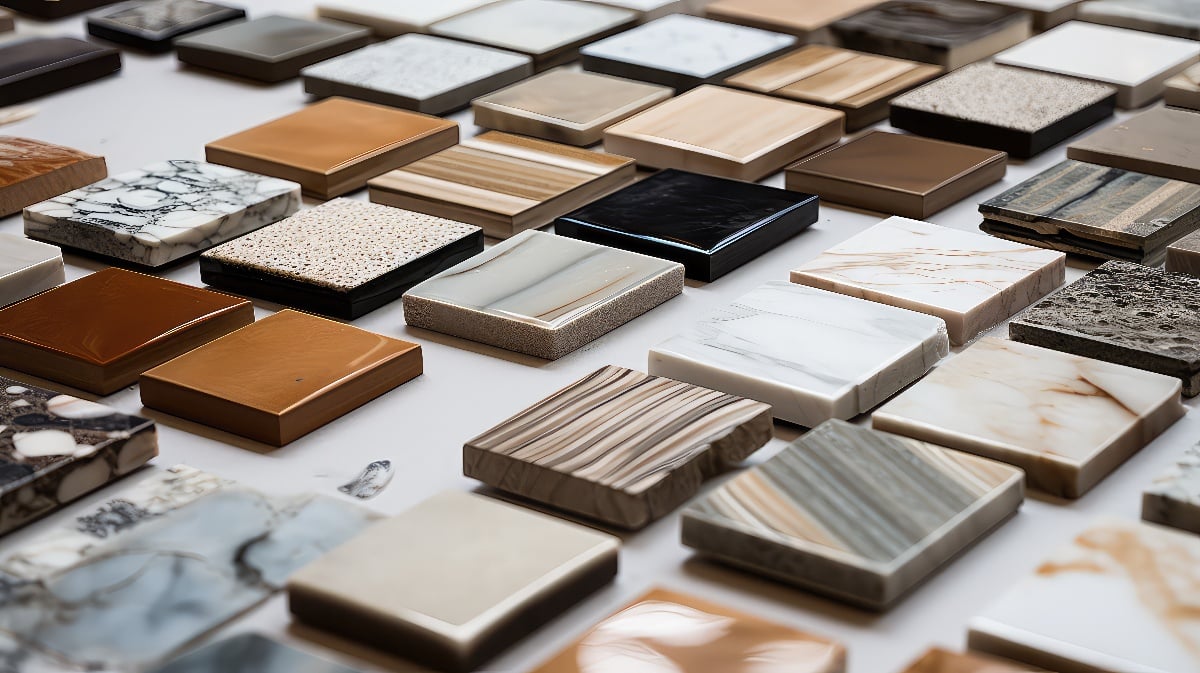Interior design is manipulating the spatial volume through surface treatment to shape the experience of interior space.
It draws the aspects of environmental psychology, architecture, and product design to traditional decoration. The practice of any interior designer involves analyzing programmed information, establishing a conceptual direction, refining the design direction, and producing visual information and documents used in construction.
The idea of interior design stems directly from mother nature, where natural beauty is observed and studied by artists to provide our modern world with tools used to transform this nature's beauty into arts. However, when incorporating this aspect of nature to create something appealing, there are principles any designer should stick to when delivering a top-caliber design.
These five principles include:
1. Balance
It is described as equal distribution of visual weight in the room. There are three styles used, namely symmetrical, asymmetrical and radial balance.
Symmetrical-Symmetrical balance is incorporated in traditional interior design, whereby both sides of the room are designed to mirror one another. It is characterized by the same objects repeated in the same position vertically on either side of the axis.
Asymmetrical balance-It is the most appropriate and frequently used design nowadays. This method involves using less identical objects on either side of the central line, but they are directly proportional. It is achieved by using numerous design elements to balance a big one, like small things. It creates a feeling of spaciousness, activity, and also contemporary style.
Radial balance-It is seen when all design elements are arranged around a center point. Radial balance involves employing a spiral pattern on a central point as either a fixture or a part of the room. A good example is the spiral staircase or chairs surrounding a table. The possibilities of design are endless and depend on the complexity of the designer.
2. Rhythm
Rhythm is the repetition of visual patterns in the interior design. In simple terms, it is the flow of one design element to another, allowing eyes to move throughout the environment freely. This is achieved by using these methods.
Repetition involves creating rhythm by repeating elements used in the interior design throughout the space. The features include pattern texture, color or lines, or repeating more than one element.
Progression-it involves an increase or decrease in one or more qualities of an element. It can be implemented by the gradation of colors, sizes, or shapes of the components used. For example, you can nestle a small, medium, or large table in a progression in the kitchen.
Transition-Unlike repletion and progression, transition tends to implement a smoother flow where the eyes glide naturally from one piece to another. The use of curved lines or strong lines generally leads the eye to objects such as arched doorways, winding paths, countertops, or stair railings.
Contrast involves using opposite elements in the course of designing, for example, using white and black pillows on a sofa, creating and using contrasting shapes forms like circles and squares together.
Read also: 10 apps every designer must have
3. Details
Detail is another interior design principle where you take necessary infinite plans in detail. This principle involves paying attention to finishing details by trimming lampshades, cupboard handles, and light switches or checking the color of the piping on cushions.
Details should be done well to enhance the overall feel of the room. Scale and proportion should be used well as the scale is used to determine the ratio of one element to another, and scale determines the size of one object to another.
4. Focal point
It involves putting the focus on the room's aesthetic vital points. The points must be dominant to attract the viewers' attention and encourage them to look further. For this reason, a focal point must possess a lasting impression and be an integral part of the decoration.
However, it would be best if you tried to maintain balance in designing the point so as not to take all viewer's attention
5. Unity and harmony
When all other principles are utilized well, it will create a sense of harmony in the environment. This asserts that designers should see the house as an object having spaces linked by stairways and halls when doing interior design. There is a need to ensure that a standard style and theme runs throughout the house. This doesn't mean that all the design elements should be the same, but they should work and complement each other.
As long as any interior designer sticks to these principles, they will never lose focus in creating an intricate design. Creating a beautiful home is inevitable when you pair these principles with knowledge and practice. If you're looking to decorate your home, schedule an in-house consultation with us or contact us.
Read also: 6 kitchen technologies to build into your kitchen design











